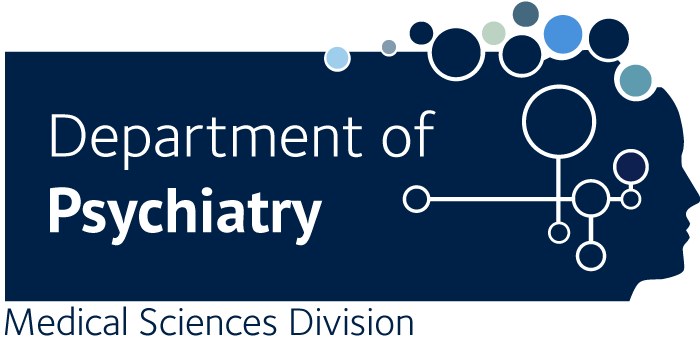Implications of Online Self-Diagnosis in Psychiatry.
Monteith S., Glenn T., Geddes JR., Whybrow PC., Achtyes ED., Bauer M.
Online self-diagnosis of psychiatric disorders by the general public is increasing. The reasons for the increase include the expansion of Internet technologies and the use of social media, the rapid growth of direct-to-consumer e-commerce in healthcare, and the increased emphasis on patient involvement in decision making. The publicity given to artificial intelligence (AI) has also contributed to the increased use of online screening tools by the general public. This paper aims to review factors contributing to the expansion of online self-diagnosis by the general public, and discuss both the risks and benefits of online self-diagnosis of psychiatric disorders. A narrative review was performed with examples obtained from the scientific literature and commercial articles written for the general public. Online self-diagnosis of psychiatric disorders is growing rapidly. Some people with a positive result on a screening tool will seek professional help. However, there are many potential risks for patients who self-diagnose, including an incorrect or dangerous diagnosis, increased patient anxiety about the diagnosis, obtaining unfiltered advice on social media, using the self-diagnosis to self-treat, including online purchase of medications without a prescription, and technical issues including the loss of privacy. Physicians need to be aware of the increase in self-diagnosis by the general public and the potential risks, both medical and technical. Psychiatrists must recognize that the general public is often unaware of the challenging medical and technical issues involved in the diagnosis of a mental disorder, and be ready to treat patients who have already obtained an online self-diagnosis.

